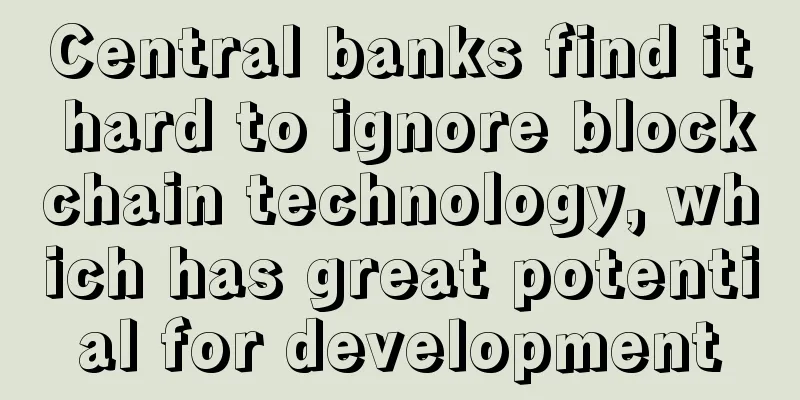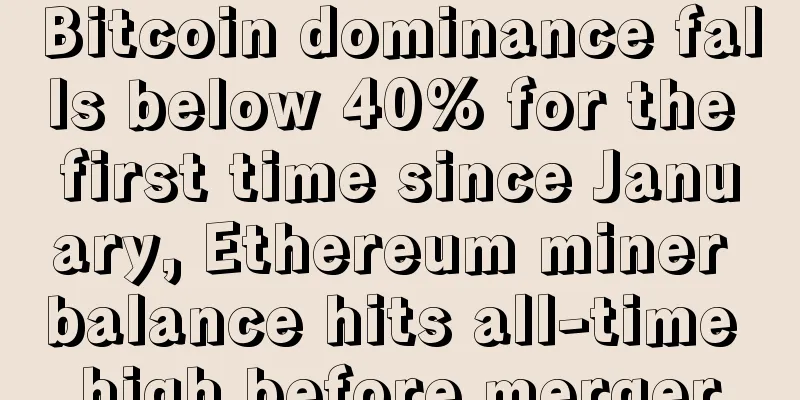Central banks find it hard to ignore blockchain technology, which has great potential for development

|
The interest of major banks in cryptocurrency and its underlying technology has been increasing. The rise in the price of Bitcoin today also represents the increase in people's interest in digital currency. At the same time, major banks and financial institutions have published at least 100 studies and white papers on it. Although today's global economy is built on a centrally controlled model, more and more central banks are beginning to pay attention to integrating blockchain systems into their networks. Most central banks have not yet realized or accepted Bitcoin, mainly due to its global and decentralized nature. However, distributed ledgers and their potential to simplify data recording, tracking and accounting processes have made it difficult to ignore this technology. This has led to the People's Bank of China and the Bank of England planning to issue their own national currencies in digital form on the blockchain. What makes blockchain technology so exciting? First, the inherent immutability and transparency of blockchain make it easy for central banks to track currency in circulation. Secondly, blockchain-based legal digital currencies will reduce the number of banknotes and banknotes in circulation. In turn, this will reduce the operational costs of printing banknotes and issuing currency notes. At the same time, the widespread use of blockchain-based legal tender can also help Bank of China combat money laundering and eliminate the possibility of counterfeiting. In addition, blockchain technology can greatly reduce transfer fees and cross-border payment time, and can also complete instant transactions between different branches of banks within or outside the country. According to one of the media reports, Lael Brainard, the Fed’s director of new technologies, said: “We are watching distributed ledger and blockchain technology very closely and we think it could represent a huge development in payments, clearing and settlements many years from now,” she continued. “Using this technology to innovate could bring great benefits to society.” By the way, the Fed isn’t the only one looking at this technology. The R3 blockchain consortium, a group of banks and financial institutions, is working together to create blockchain applications. Similar consortiums exist in Russia and China, too, and are backed by their respective central banks. In the near future, traditional banking operating systems will gradually disappear, and blockchain-based operating systems will become more common. |
<<: Blockchain technology goes mainstream: How to break down barriers to digital currency acceptance
>>: How blockchain startups are revolutionizing venture capital
Recommend
What does a woman look like? She is born with a miserable life.
A person's fate is actually predetermined by ...
BCH and BSV are not as good as expected, can Bitcoin tell a good halving story?
Author: Bu Er Zuo On April 10, BCH completed halv...
Filecoin reputation system is built to improve the success rate of miners' transactions
Digital MOB launched the first version of their F...
People with these faces can always reject others skillfully.
If you can't do some things, you have to lear...
A good man loves his wife. Such a man is worth marrying.
Good men have always been the goal of women in ch...
Where are the moles of wealth located?
Where are the moles of wealth located? Statement:...
McAfee Chief Consumer Security Officer: Do not use personal computers for mining and provide three safety suggestions
Gary Davis, chief consumer security officer at Mc...
Analysis of the four facial features of a smart woman
As one of the traditional physiognomy techniques, ...
How to read palm lines? Palm lines can tell fortune and wealth. Palm lines can tell wealth.
How to tell your fortune and wealth from your pal...
A diagram of a man with big nostrils
Illustration of the facial features of a man with...
What is Goldfish Eyes? Is Goldfish Eyes Good?
When it comes to goldfish, what impresses people ...
New trends in 2021: a list of 7 social token issuance platforms
The development of social networks has brought ea...
Iceberg Model 2: Why are the node block production efficiency and single T revenue of The Force Operation and Maintenance so outstanding?
This article was originally written by IPFS Force...
Eyebrows can tell a person's relationship with the opposite sex
Eyebrows can tell a person's relationship wit...
Which hand should you look at for a man’s love line: the left hand is innate, the right hand is acquired!
Which hand should you look at to see a man’s love...









